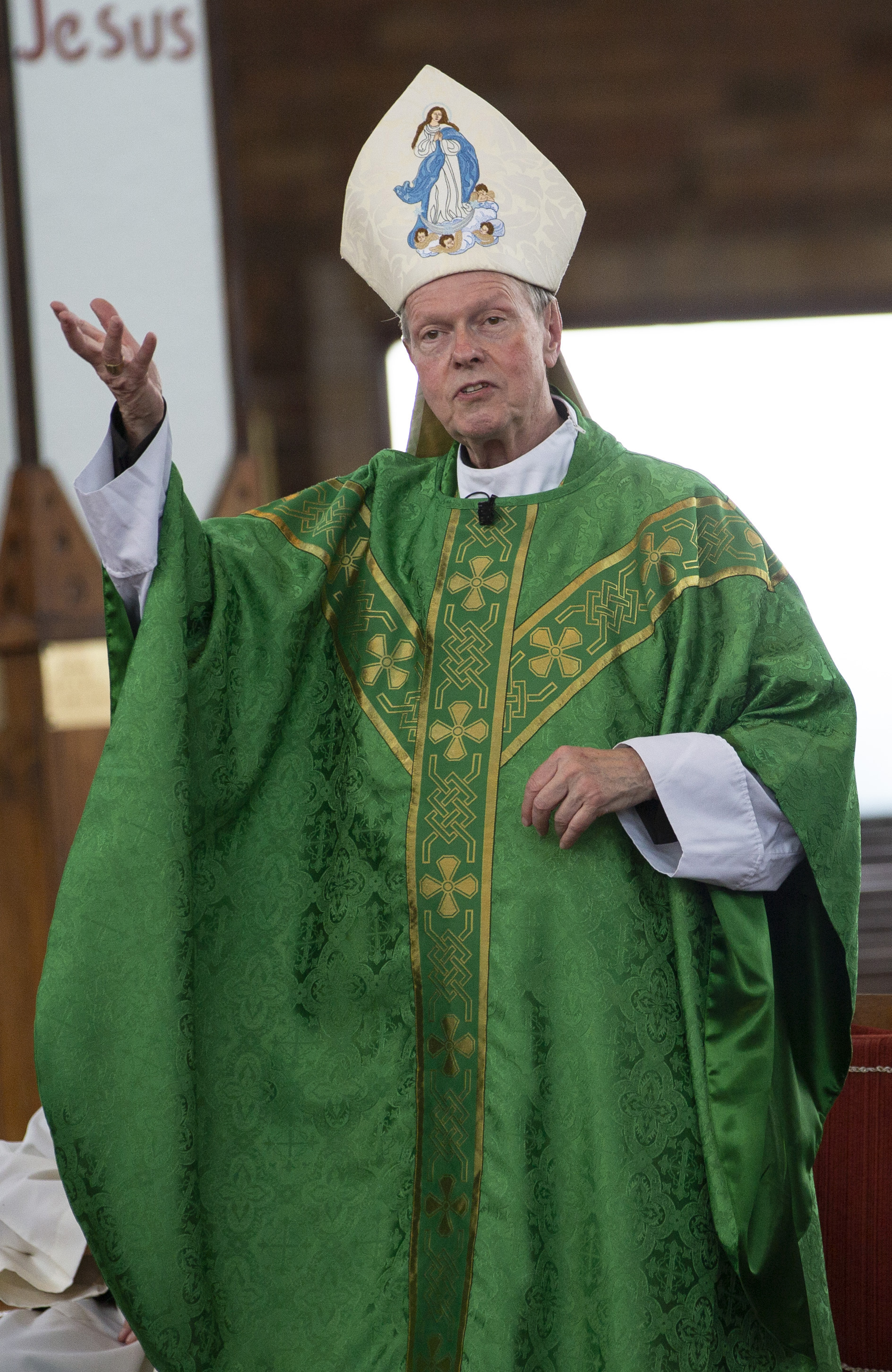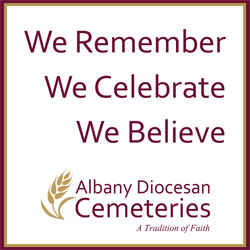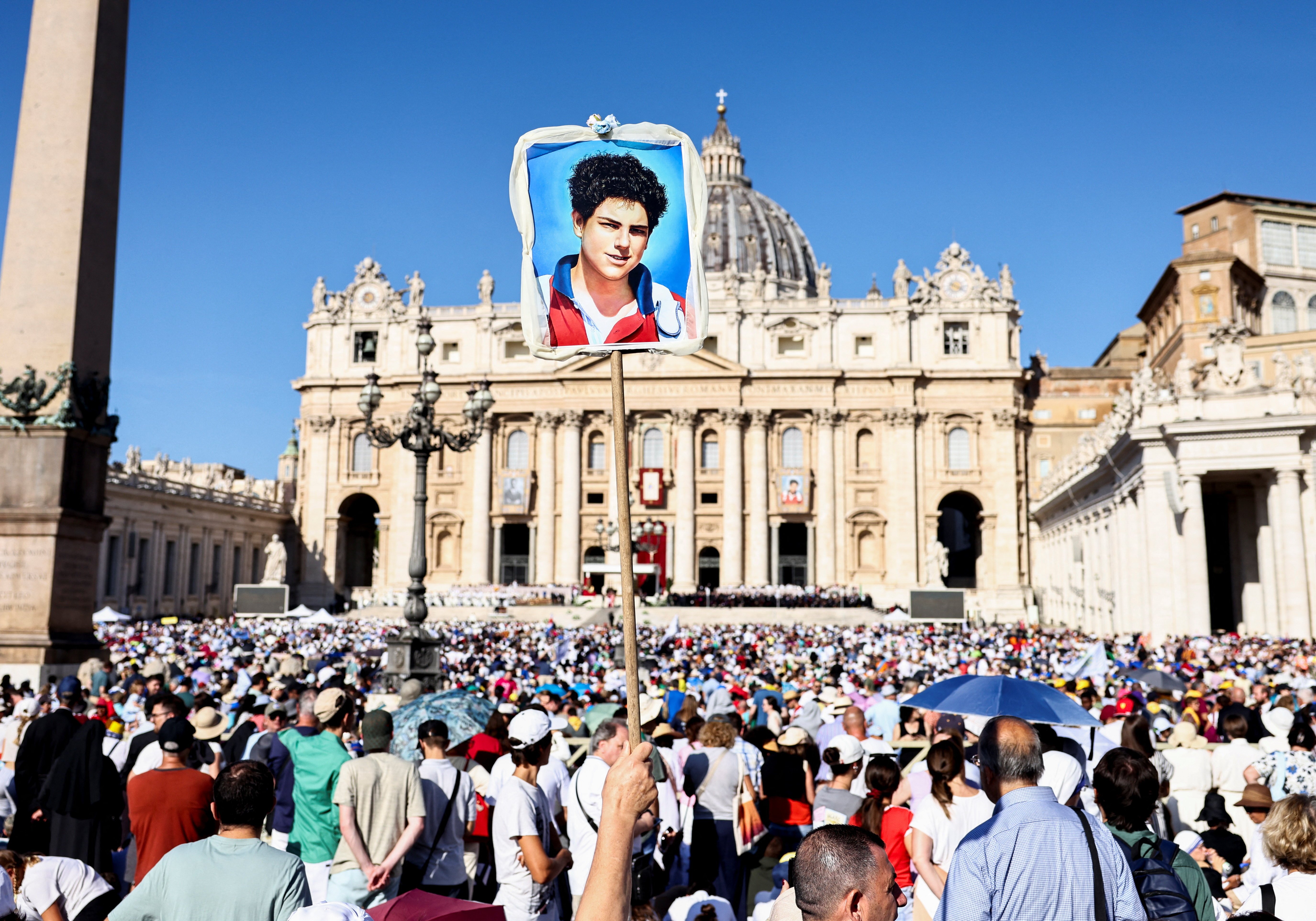April 6, 2018 at 1:53 p.m.
Balloons inflate students' notions of science
This was not a sixth grade mutiny; it was a lesson in physics.
Gay Kendall, Ph.D., an adjunct professor of nuclear engineering and physics at Rensselaer Polytechnic Institute in Troy brought two of her students to the classroom to discuss static electricity. The students, Robert Wise and Neil Hawkes, are seniors in RPI's engineering science and nuclear engineering program for Navy personnel.
Science apostles
Dr. Kendall said community outreach is an important part of her course. Visiting elementary schools helps the RPI students share their interest in science and may help spark the interest of students in science."We want talented scientists," she said. "There is a demand for scientists. Coming into the classroom lets kids know this is a career option for them."
Dr. Kendall's outreach into schools utilizes "found materials" like balloons, salt, pepper, cereal and paper. With these common items, the students at St. Brigid's were able to learn about static electricity, atoms, protons, neutrons and electrons.
Students shouted with delight as shreds of paper "danced" when a balloon was waved over the paper. They were amazed as the RPI students were able to separate salt and pepper with a balloon and were able to make crisp rice cereal stand on end with the help of the balloon.
Stereotypes
In addition to learning about physics, the students were able to see that science is a field open to anyone willing to work at it. According to Dr. Kendall, a study showed that when children are asked to draw a scientist, 95 percent of the girls and 90 percent of the boys draw a white male.Growing up, Dr. Kendall did not think a career in science was open to her.
"My dad was an engineer," she said. "I didn't think being an engineer was an option for me. It was for my brother, but not me. When I was in school and they had people come in to talk about careers, the women who came in were nurses and teachers."
Dr. Kendall wants all children to know they can aspire to a life in science. "We need more women and minorities," she said. "Right now, I don't have any female students."
Mrs. Murtagh had her students draw pictures of what a nuclear engineer would look like prior to Dr. Kendall's visit. While there were several drawings of white males, there was more diversity. "It's so encouraging that they drew women," Dr. Kendall said. "It's amazing. It says times are changing."
'Cool' visitors
Jenna Solek, a sixth grader at St. Brigid's, was impressed by the visit from the RPI students. "I was surprised to see what they look like," she said.Jenna enjoyed the science activities. "I think it's kind of cool," she said. "It's fun."
According to Mrs. Murtagh, hands-on science activities are more than just fun. "They'll remember more if they experience it themselves," she said.
(11-25-99) [[In-content Ad]]
- Jubilee of Consecrated Life celebrated in Paris shines light on communities shattered by abuse
- Trump, Utah governor reveal suspect in Charlie Kirk assassination now in custody
- Pope tells new bishops they must address abuse claims promptly
- Pope calls for ‘covenant of humanity,’ promoting care, aid, trust
- New report explores link between religious freedom violations and mass atrocities
- Appeals court allows Planned Parenthood defunding to proceed, for now
- Arizona Catholics hold rosary vigil for Charlie Kirk
- Trump marks 9/11 anniversary at Pentagon ceremony amid gloom of Charlie Kirk killing
- Augustinians elect Philadelphia-area native as new prior general
- Calls from pope to Gaza church bring ‘great joy,’ says parish priest







Comments:
You must login to comment.